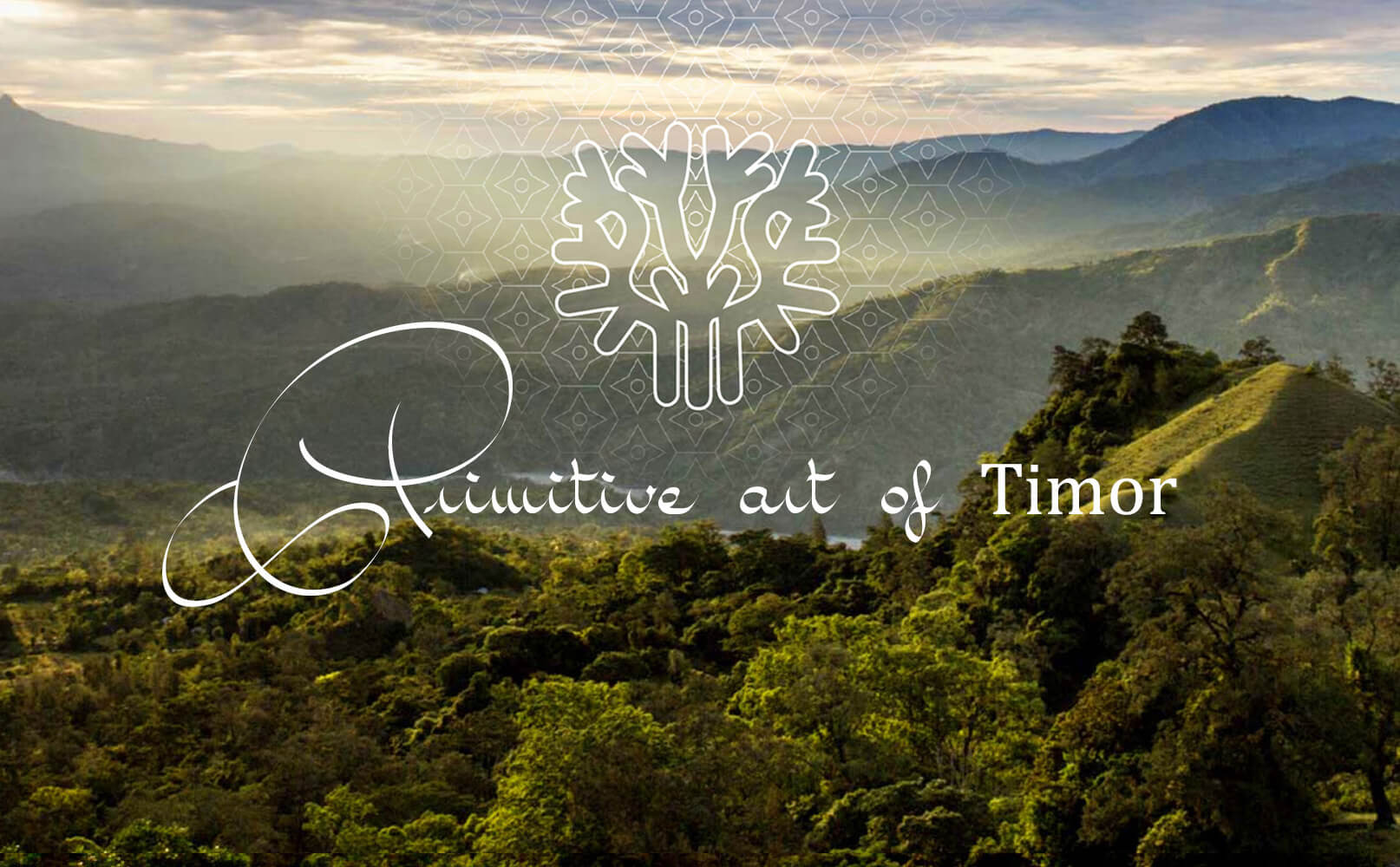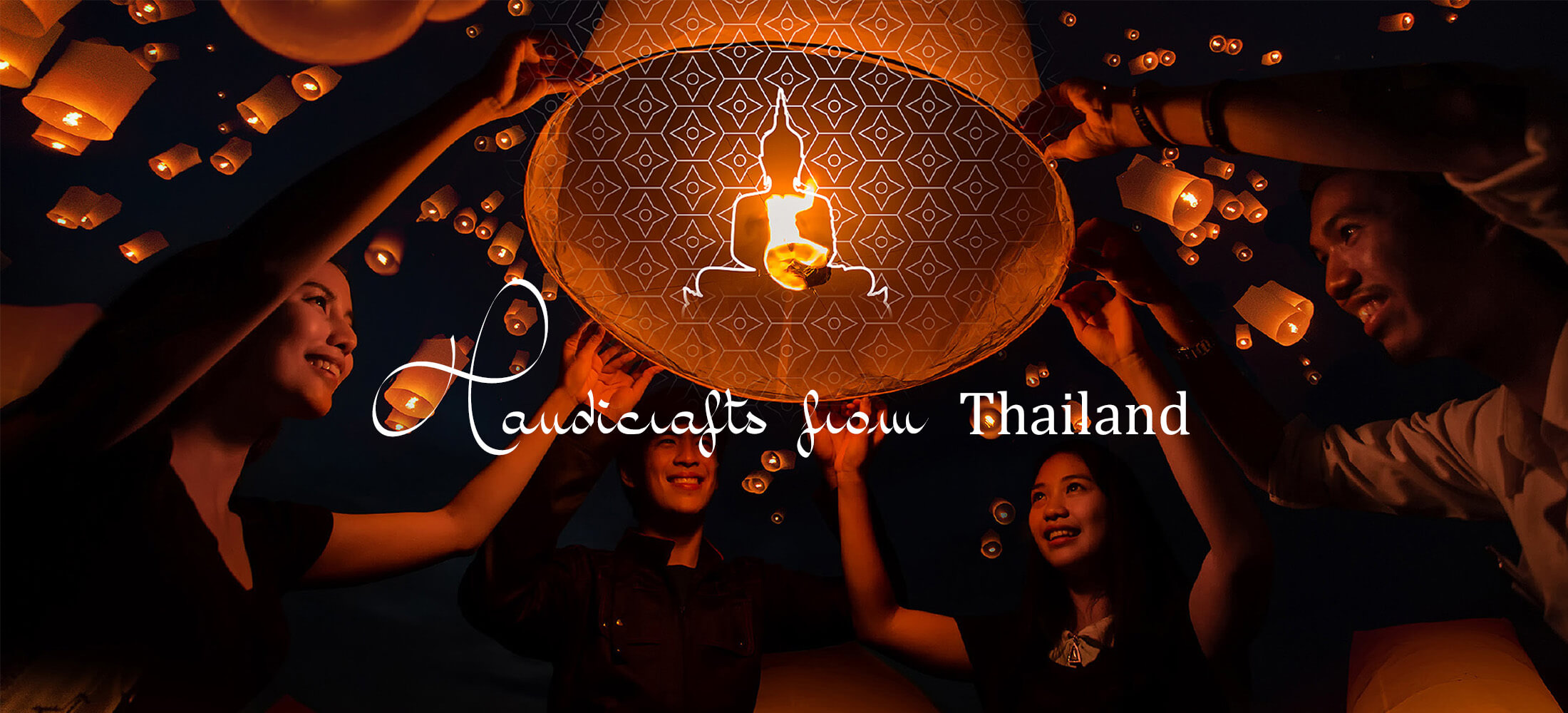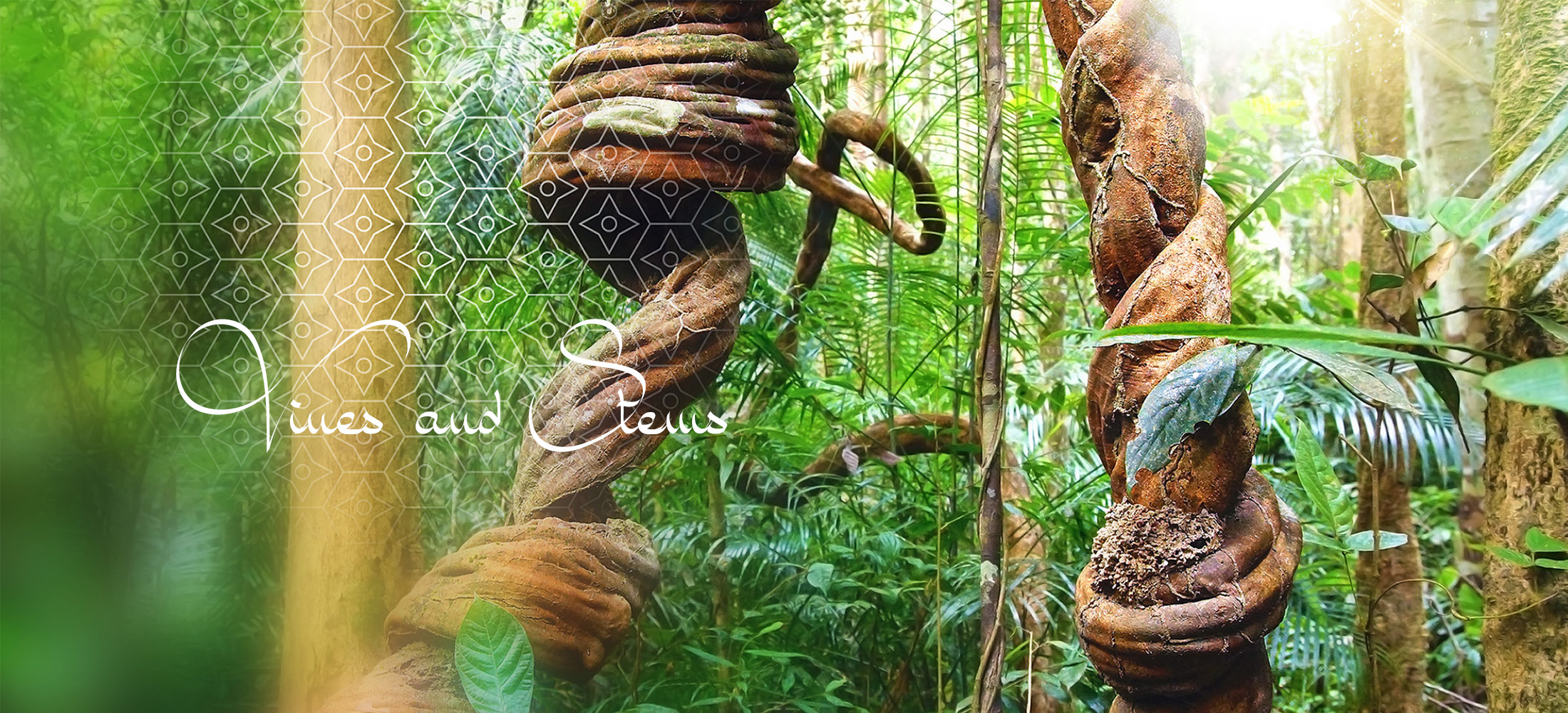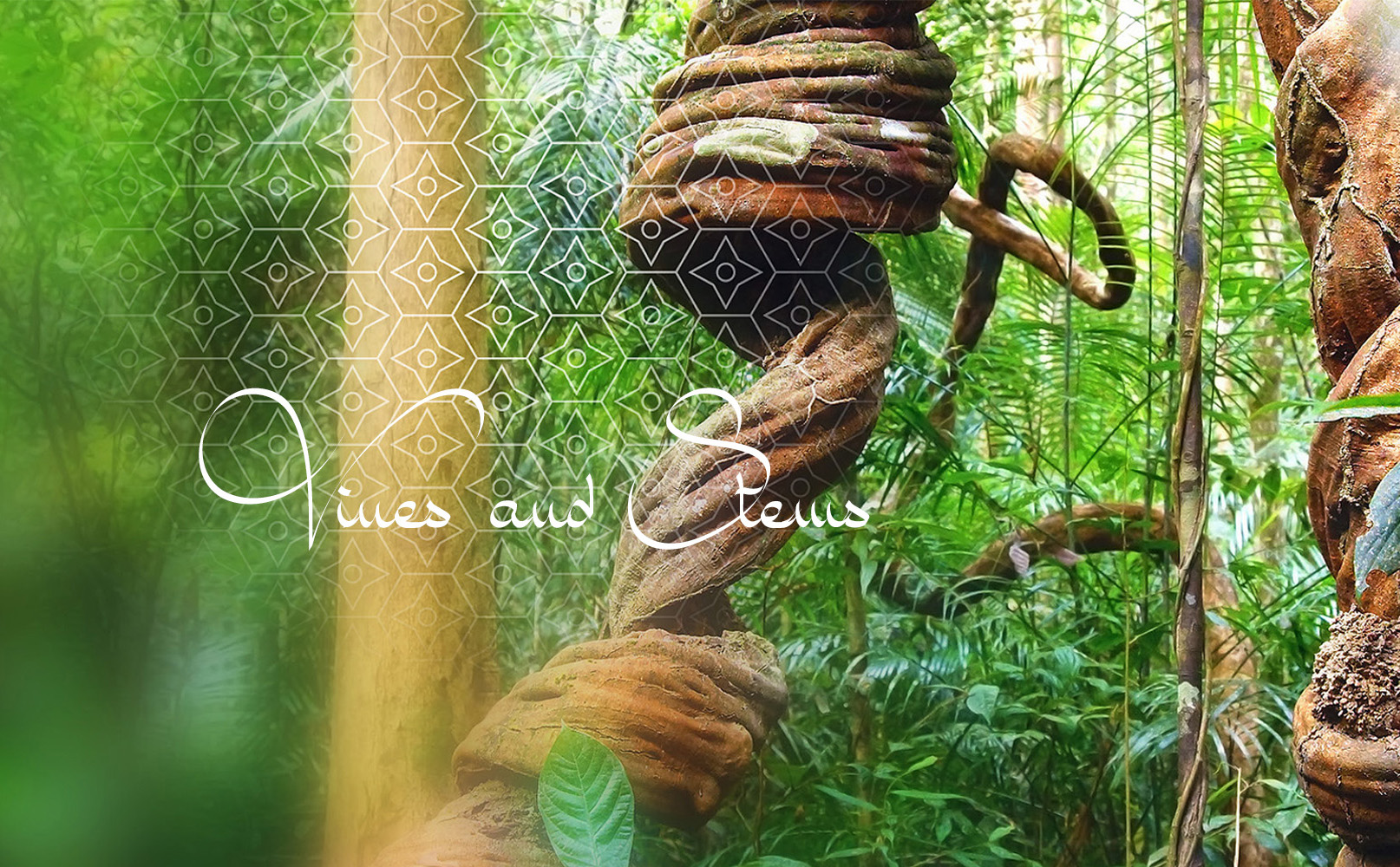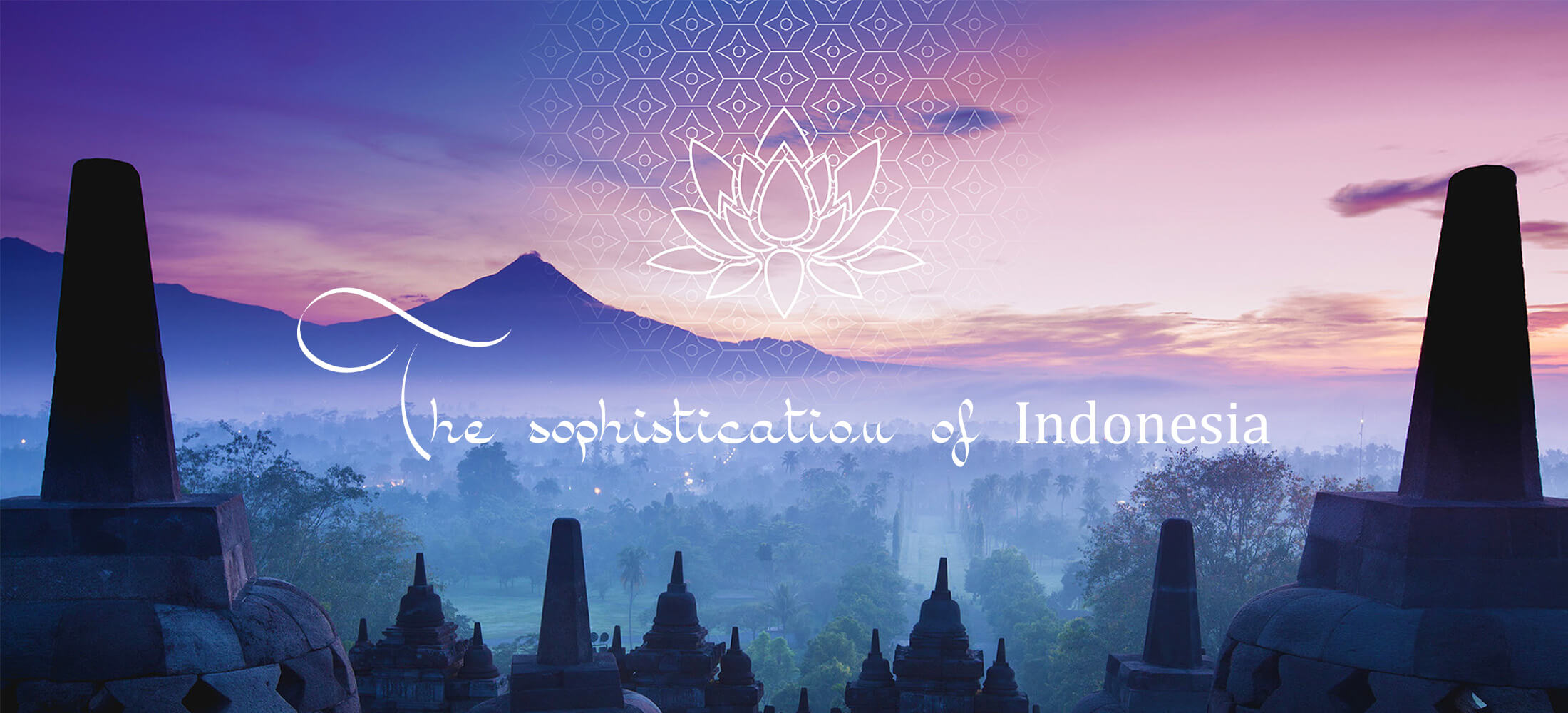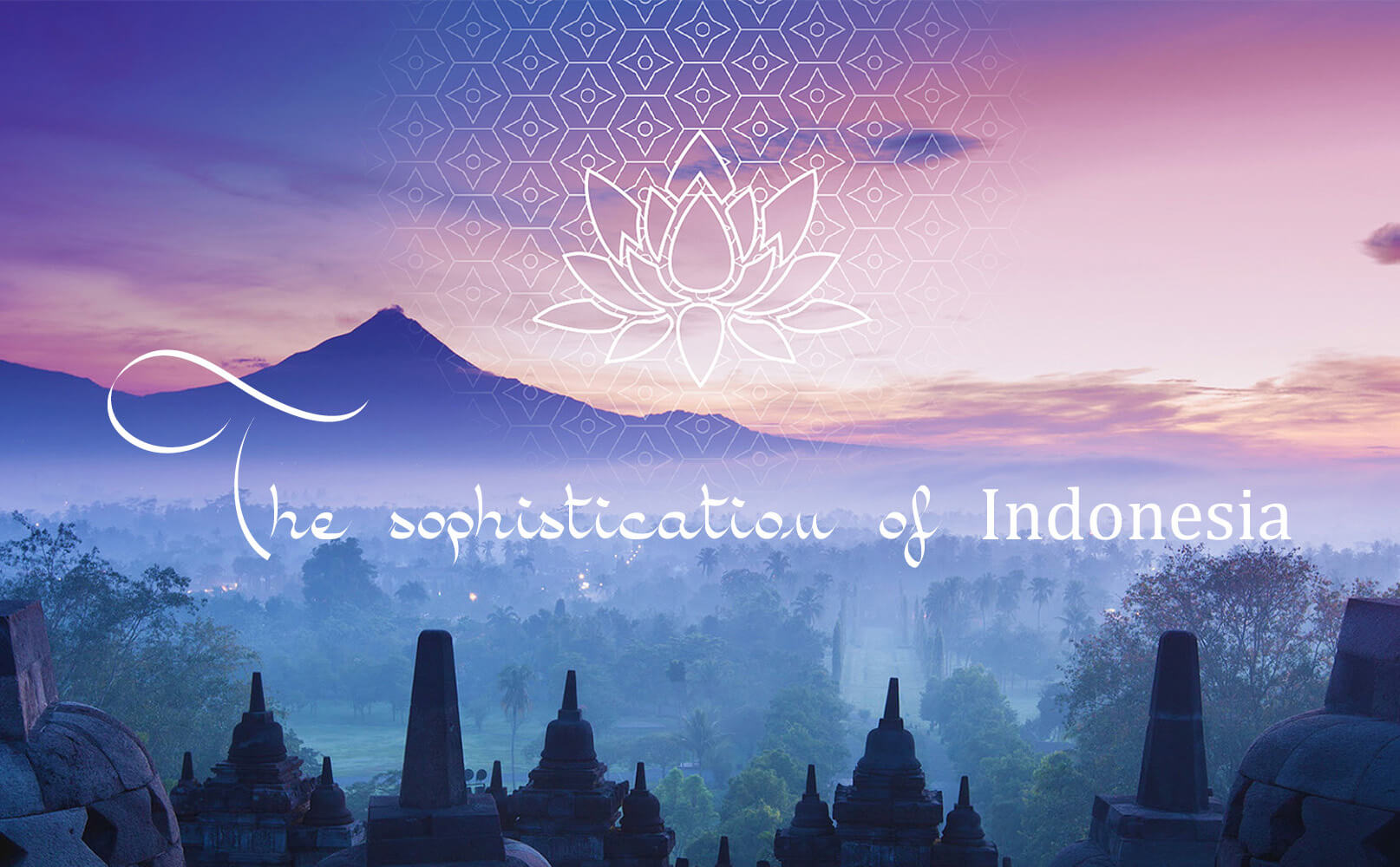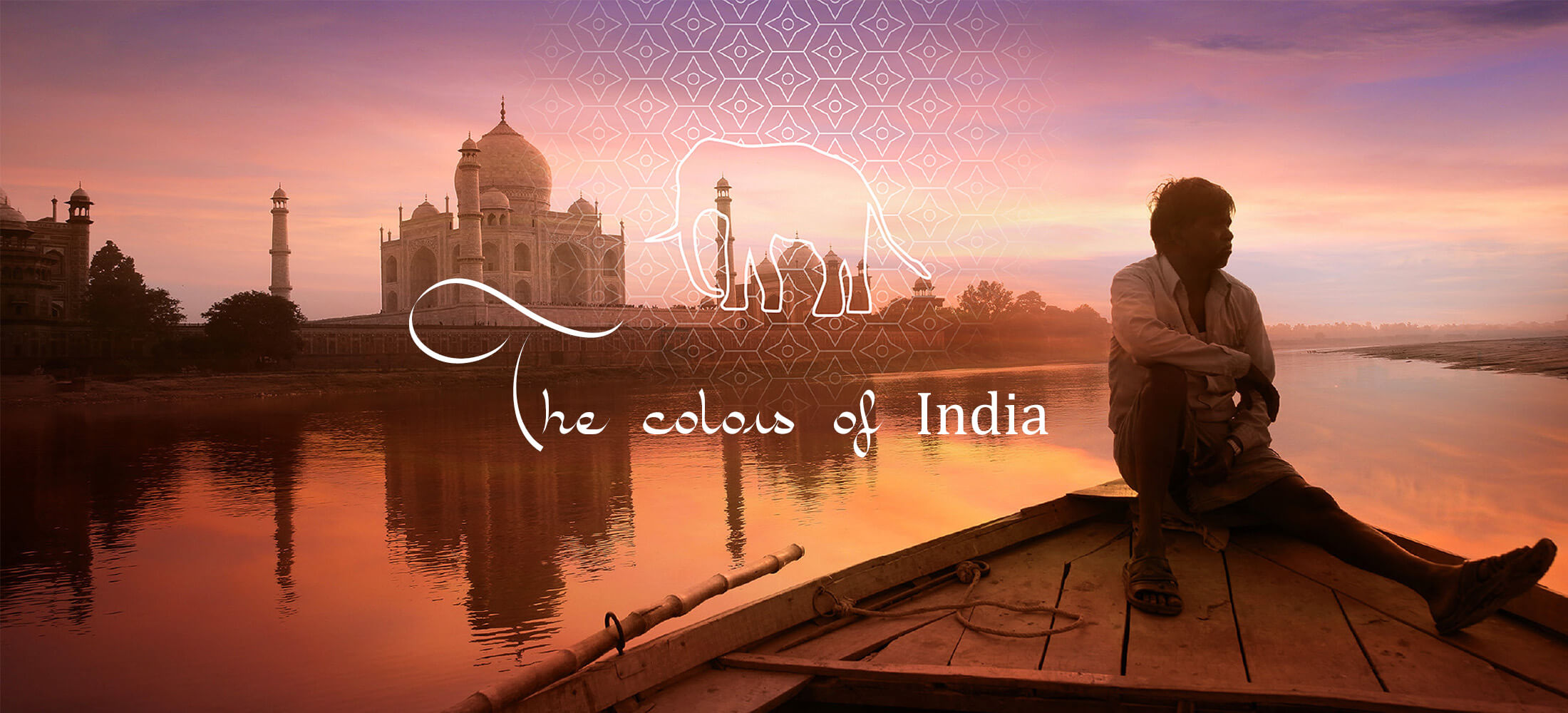The origins of Buddhism and Buddha
Hindustan House
APR 21, 2021
Asia
0 comment(s) for this article
The founder of Buddhism is named Siddhārtha Gautama; Siddhārtha is given as his personal name, but it is probably a late nickname. Gautama, undoubtedly attested, is probably hisgotta, but some see it as the “son of Lady Gautami”, the gotta of the one who would have raised him when his mother died5. He is still called Gautama Buddha, or Shākyamuni (sage of theShakya) because of his membership in this clan. It also bears many epithets2, such as Tathāgata, “he who thus came” [preaching thegood Law]. The title of Buddha was granted to him by his disciples[ref. necessary].
The accounts of his life, first transmitted orally, were not put in writing for the first time until a few hundred years after his death and mix metaphysics and legend. Some episodes, such as the one in which he calms a furious elephant that his jealous cousinDevadattaallegedly unleashed against him, can be authentic historical memories unlike his conversations with the gods or his instant teleportation toSri Lanka. Over time, a rich legend has developed in thejatakas. In any case, the existence of a Gautama-Shakyamuni founder of Buddhism is not in doubt. He would have lived around thesixthcenturyBC. ADand would have died around eighty years old.
According to historicalrecords from Sri Lanka, he was born in563 BC. ADMost sources also agree that he died around the year480 BC. BCOther sources, less consensual, such calculations Ui Hakuju evoke the year383 BC. BCas the date of his death, which would give 460 as a birth date based on consensus biographies indicating that the Buddha had lived 80 years6. Theoldest Palitradition considers the dates of his birth and death to be624 BC, respectively. ADand544 BC. ADAll traditions agree on the fact that Siddhartha Gautama is contemporary of the two kings ofMagadha,Bimbisaraand his sonAjatasattu, which often brought him their support.

The beginnings
Māyādevī, wife ofSuddhodana, modest ruler (elected) of the small kingdom ofKapilavastuformed by a confederation of Shākya tribes, goes to her mother at the end of her pregnancy. As she passes near a sacred wood inLumbini, a small village inNepalnot far from Kapilavastu, she is in pain. She gives birth to a boy under asal. Legends claim that the Buddha's mother conceived him in a dream, penetrated to the breast by a six-tusked white elephant, that the birth would have been painless and that the sal would have lowered one of its branches on purpose so that it catches it, while theBrahmanicdeities rained flower petals. As soon as it was born, the child would have stood up and symbolically took possession of the Universe by turning towards the cardinal points, or would have taken seven steps north and uttered "the roar of the lion", a metaphor for Buddhist doctrine.
The legend, again, tells that his father brings, either the only seer Asita, or the eight most famous seers of the kingdom. The first seven are predicting the young man a bright future successor of his father, the last he will leave the country7. The king would have locked up the bad omen. His mother died quickly (seven days later according to tradition) because Siddhārtha was brought up byPrajapati Gautamiwho would be his maternal aunt and Shuddhodana's co-wife.
The young prince studied letters, sciences, languages, was initiated into Hindu philosophy with a Brahmin. An officer teaches him to ride a horse, to shoot an arch, to fight with the lance, the saber and the sword. The evenings are devoted to music and sometimes to dancing. Later, he falls in love and marries at the age of sixteen or twentyYashodhara, his first cousin, daughter of a lord of the neighborhood. The new spouses move into three small palaces: one of cedar wood for the winter, one of marble for the summer and one of bricks for the rainy season. After ten years of marriage, they give birth to a boy namedRahula.

Asceticism and awakening
Siddhārtha, who is bored in the palace, one day undertakes a walk which will mark him deeply. He successively meets an old man who walks with difficulty, a plague victim covered with purulent buboes, a family in tears who transport the corpse of one of his family to the stake, and finally a bhikshu, a beggar monk who, a bowl in his hand, seeks his food without ceasing to keep his eyes down.
At 29, the prince then understands that if his condition protects him from want, nothing will ever protect him from old age, disease and death. He wakes up one night with a start and asks his servant, Chandaka, to harness his horse. The two men gallop to a wood near the palace. Siddhārtha leaves his mantle, jewelry and horse to his servant and takes on the outfit of a poor hunter. He asks him to greet his father, his adoptive mother and his wife in his place and tell them that he is leaving them to seek the way of salvation.
Gautama then began a life of asceticism and devoted himself to austere meditative practices. Six years later, while in the village ofBodh-Gayâ, he realizes that these practices have not led him to a greater understanding of things and accepts a bowl of rice pudding from the hands of a young girl from the village, Sujata, thus putting an end to her mortifications. He advocates the middle path which consists in denying excess, rejecting both excessive austerity and laxity. Judging this decision as a betrayal, the five disciples who followed him abandon him. He therefore focused on meditation, inspired by the memory of a moment of spiritual concentration felt as a child, while sitting under a tree he attended the opening ceremony of the plowing chaired by his father.
Siddhārtha Gautama then takes his place under a pipal (Ficus religiosa), vowing not to move until he has reached the Truth. Several legends tell howMāra, demon of death, afraid of the power that the Buddha was going to obtain against him by delivering men from the fear of dying, tries to get him out of his meditation by launching against him hordes of frightening demons and his three seductive girls. But it is wasted effort and at the age of 35, Buddha awakened, one hand resting on the ground, in thepostureof taking the earth to witness his past merits. He claims to have come to a full understanding of the nature, causes of human suffering and the steps necessary for its elimination. He will always insist that he is neither a god nor the messenger of a god, and that enlightenment (bodhi) does not result from supernatural intervention, but from special attention to nature of the human mind; it is therefore possible for all human beings.

Head of the first sangha (spiritual community)
During the last forty-five years of his life, Buddha traveled in the region of the Ganges and its tributaries. He taught his meditative practice and founded the community ofBuddhist monksandnuns, thesangha, so that his teachings could continue after his death. His school generally enjoys the support of the kings of Magadha and survives a first schism attempt on the part of Devadatta.
Sensing his death coming, he asks his discipleAnandato prepare a bed for him between two sals and dies inKusinarain present-dayUttar Pradesh, at the age of eighty. He reassures the blacksmith Chunda who offered him his last meal and worries, in view of the symptoms, of having perhaps poisoned the ascetic. The name of the dish served,sūkaramaddavam, is said to consist of "pork" (sūkara) and "delight" (maddavam), but its exact nature, pork or mushroom (pig delight), remains unknown. In any case, ifvegetarianismis a Buddhist ideal, the monks and nuns, who beg for their food, are encouraged to accept all the offers made to them, even meat8.
He settles inparinirvanain the forest in order to complete his liberation.
The last words of the Buddha are: “Impermanence is the universal law. Work diligently for your own salvation. "
Model man
The Buddhist scriptures which evoke the life and character of Buddha speak of:
- His completed education and training in fields appropriate to an aristocratic warrior, such as martial arts, farm management and literature, but also his deep understanding of the religious and philosophical ideas of his culture and time. Siddhārtha Gautama was a sporty man, proficient in martial arts such as wrestling and archery, who could travel for miles and camp in the wilderness
- His ideal teaching, which always finds the appropriate metaphor, and which perfectly adapts its message to its audience, whatever it may be
- His courage and serenity in all circumstances, both during a religious discussion and in front of a parricidal prince (Ajatasattu) or a murderer. However, he shows exasperation when monks distort his teachings.
- Its moderation in all bodily appetites. He remained celibate from the age of twenty-nine until his death. He will also be indifferent to hunger and the rigors of the climate.

Share this article in Social Networks:
0 comment(s) for this article
Be the first to comment on this article!
Article published on APR 21, 2021 at 11h01 in the category « Asia ».









